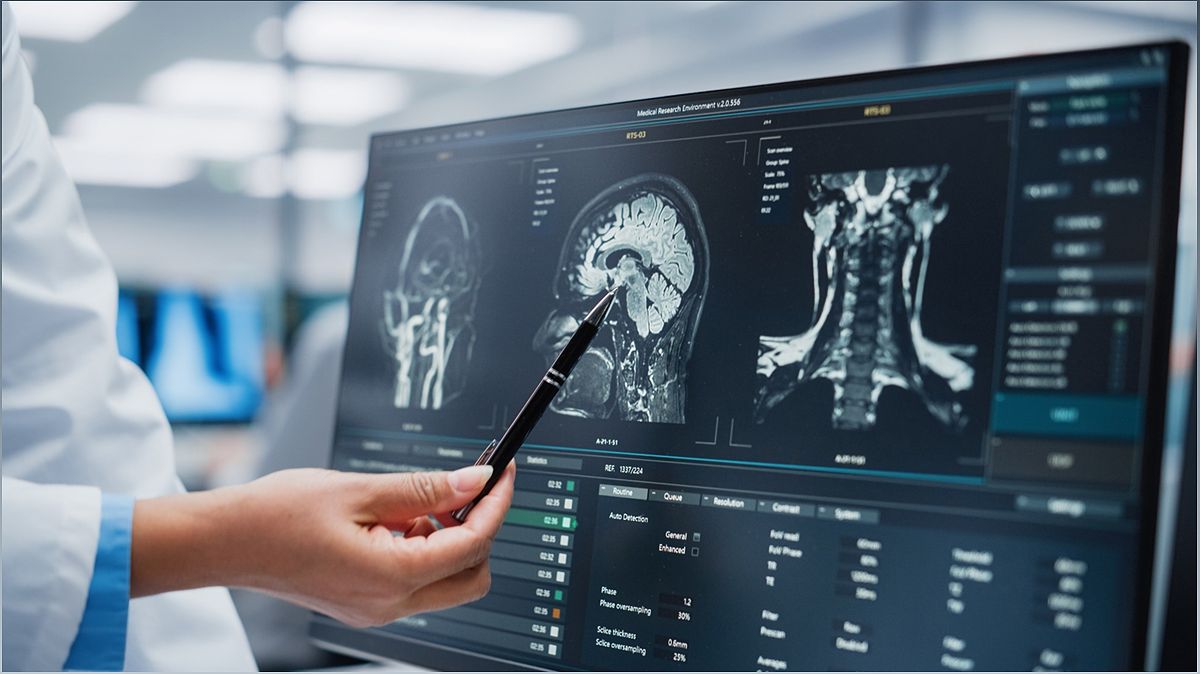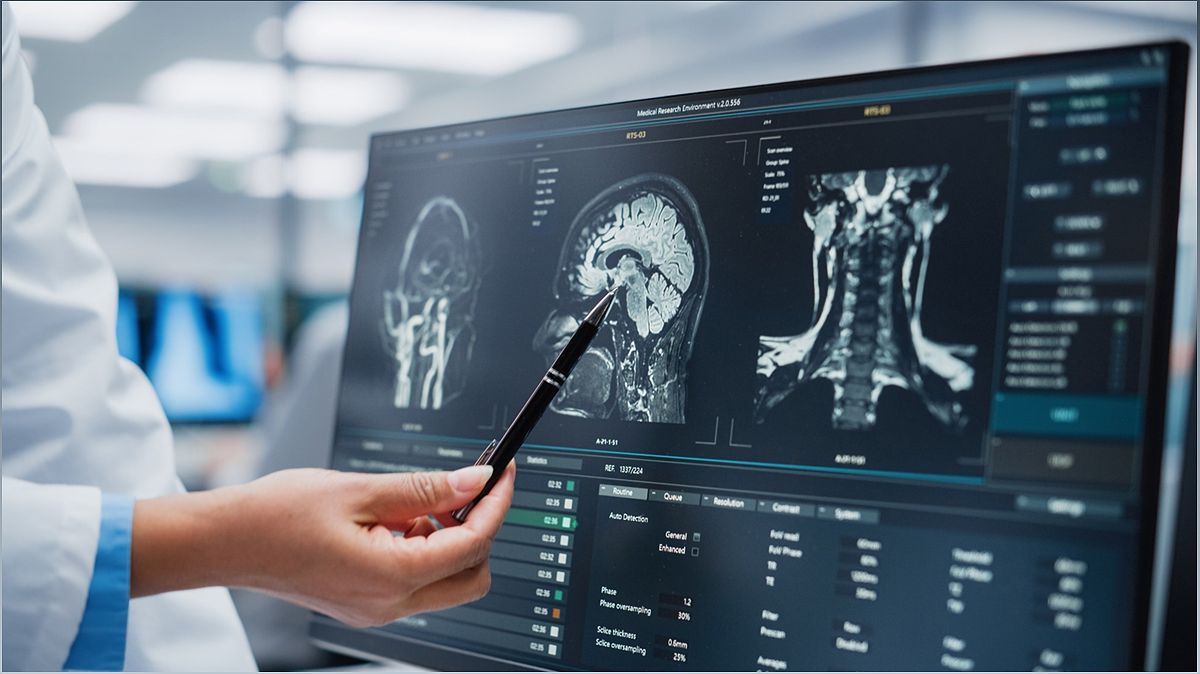Delve into the fascinating world of omics and mass spectrometry in neurosciences as we explore their impact on clinical human diseases. Join us as we interview a clinician scientist specializing in neuropsychology who shares their unique perspective and insights into the application of these technologies.
The Role of Omics in Neurosciences
Omics, a field that encompasses genomics, proteomics, metabolomics, and more, has revolutionized the study of neurosciences. By analyzing vast amounts of biological data, omics approaches provide valuable insights into the complex mechanisms underlying brain function and disorders.
Through genomics, researchers can identify genetic variations associated with neurological conditions, shedding light on their genetic basis. Proteomics allows for the identification and quantification of proteins in the brain, enabling the study of protein interactions and signaling pathways.
Metabolomics, on the other hand, focuses on the small molecules involved in cellular processes. By examining the metabolites present in the brain, researchers can gain a deeper understanding of metabolic dysregulation in neurological diseases.
These omics approaches offer a comprehensive view of the molecular landscape of the brain, paving the way for targeted therapies and personalized medicine in neurosciences.
The Power of Mass Spectrometry
Mass spectrometry is a versatile tool that has transformed the field of neurosciences. By analyzing the mass and charge of molecules, it enables the identification and quantification of various compounds in biological samples.
In neurosciences, mass spectrometry is used to study the composition of neurotransmitters, lipids, and other molecules involved in brain function. It allows researchers to uncover changes in these molecules that may contribute to neurological disorders.
Moreover, mass spectrometry facilitates the discovery of biomarkers for neurological diseases, aiding in early diagnosis and monitoring of treatment responses. Its high sensitivity and specificity make it an invaluable tool in clinical settings.
With the continuous advancements in mass spectrometry technology, researchers can delve deeper into the molecular intricacies of the brain and unravel the mysteries of neurosciences.
Bridging the Gap between Research and Clinical Applications
Translating research findings into clinical applications is a crucial step in improving patient outcomes. Omics and mass spectrometry play a pivotal role in bridging this gap, offering new insights and tools for diagnosing and treating clinical human diseases.
By identifying specific biomarkers using omics approaches, clinicians can develop targeted therapies tailored to individual patients. These biomarkers can also aid in disease prognosis and monitoring treatment responses.
Mass spectrometry, with its ability to detect and quantify molecules in clinical samples, allows for the development of diagnostic tests and therapeutic monitoring. It provides clinicians with valuable information to make informed decisions about patient care.
Through the integration of omics and mass spectrometry in clinical practice, we can unlock the full potential of these technologies and revolutionize the management of clinical human diseases.



